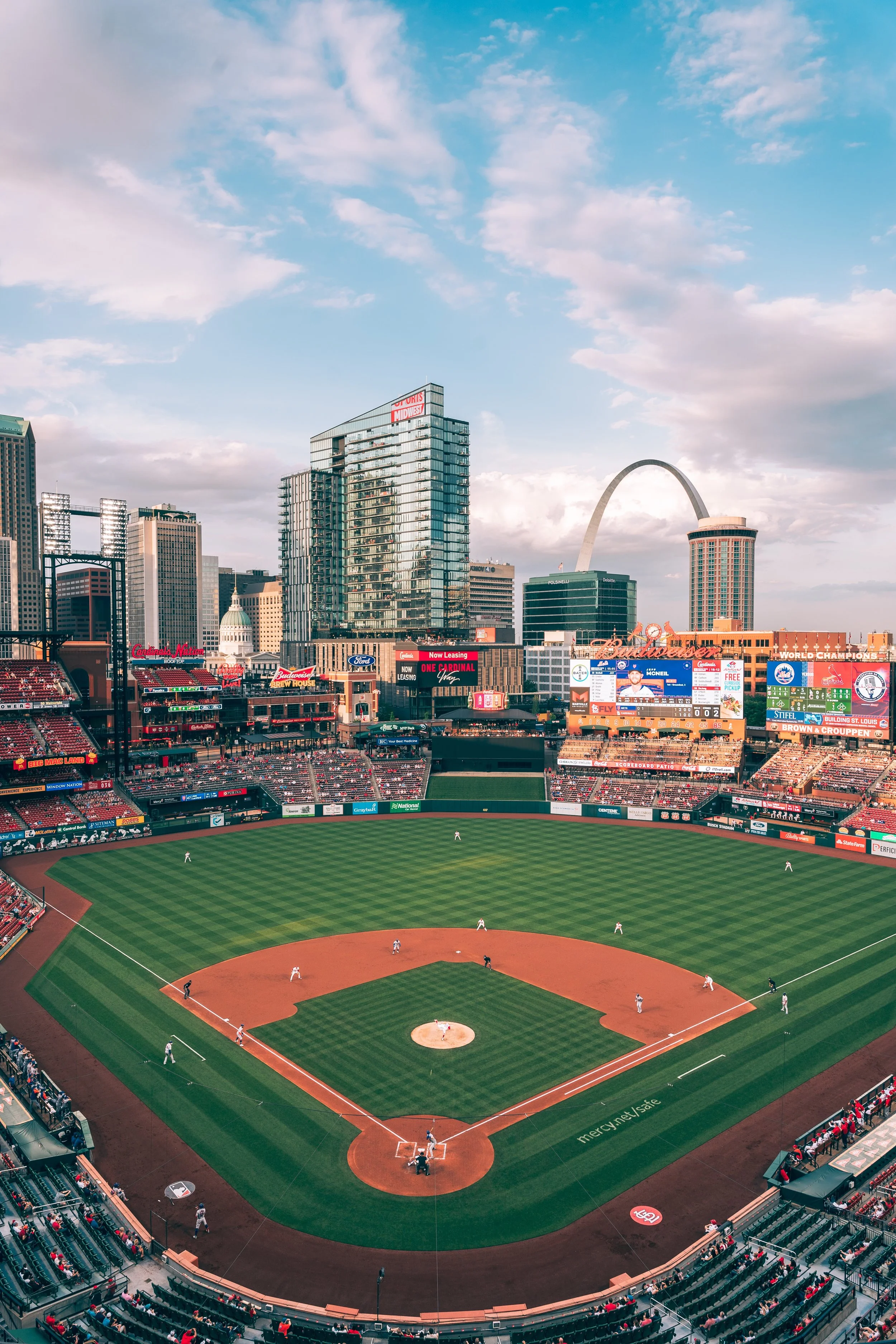The Game Plan: Sport Stadiums and Their Impacts on Societies
To many of us, sports are a fun hobby and a pastime to invest ourselves in, as both players and spectators. With the rise of sports fandoms, the industry has grown drastically over the years, ranging from media attention to physically building entertainment stadiums.
Most notably, stadiums are built and popularized when either a team is performing increasingly well and wishes to expand its presence in the public or when major sporting events are happening, such as the Olympics or the Super Bowl.
A main benefit of such giant stadiums is they are a center of revenue for the economy of their city and the greater national economy. The United States alone has the most stadiums in the world, totaling over 900. Most recently, in 2023, the Levi's 49ers Stadium in the San Francisco Bay Area has generated over two million dollars for the Bay’s economy within the last ten years of its establishment through hosting concerts, the Super Bowl, and countless other sports events. As these exceptionally profitable sources help fuel economic growth, stadiums help open job opportunities and benefits for workers, thus aiding the community with unemployment challenges. According to the Levi's Stadium’s revenue report from Oct. 2, 2023, a recorded “$546 million in personal earnings for local employees” was earned and about $470 million for other local public needs.
However, this kind of importance sports stadiums hold in our socio-economy comes with its consequences. On the other end of the successful revenue bar is the issue of gentrification — defined as “the process by which a place, especially part of a city, changes from being a poor area to a richer one, where people from a higher social class live” by the Cambridge Dictionary — of the surrounding neighborhoods.
A notable instance of this is the building of the athletic Olympic stadiums. Not only has the building of such vast stadiums contributed largely to environmental damages but has also led to the displacement and privatization of communities around it. A 2021 article from the Washington Post titled, “The Olympics is a disaster for people who live in host cities,” revealed that over the last 50 years of Olympic history, more than two million people have been displaced by the urbanization, remodeling, and inflation of living cost for the sole purpose of the much-anticipated games. The people in these communities are often of marginalized ethnic demographics. Although the construction of such stadiums provides many new jobs, it is often at the cost of occupying the land and resources of lower socioeconomic communities. As we look forward to the 2024 Olympics, the same issue is expected, yet is not widespread enough to be properly addressed.
Interestingly, we come to discover how sports stadiums are not as one-dimensional as they may seem at first glance. They are multifaceted, involving many factors that affect our society beyond simple sports entertainment. From economic to societal aspects, the impact of establishing such large infrastructures leaves lasting impacts on our societies.

